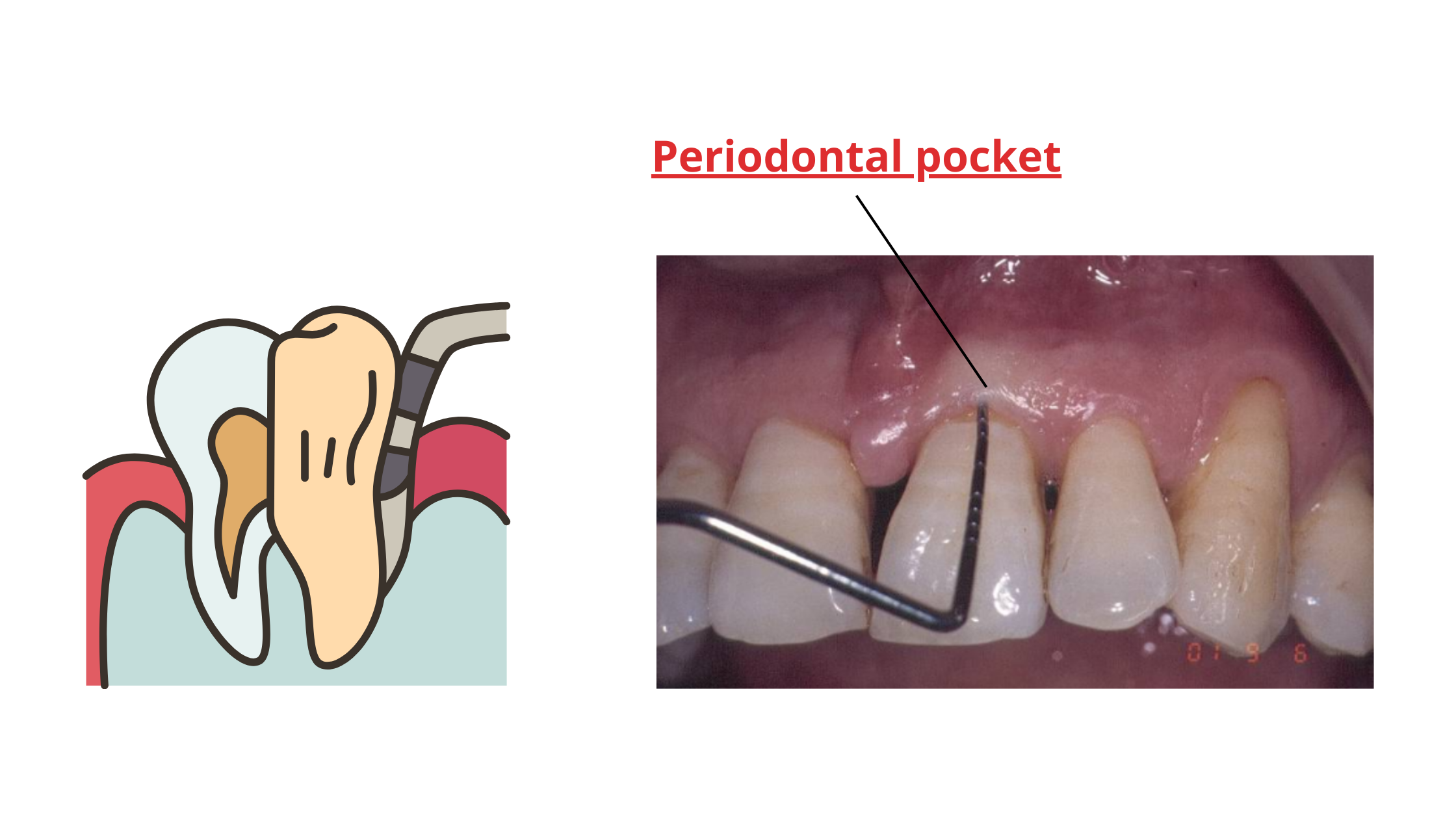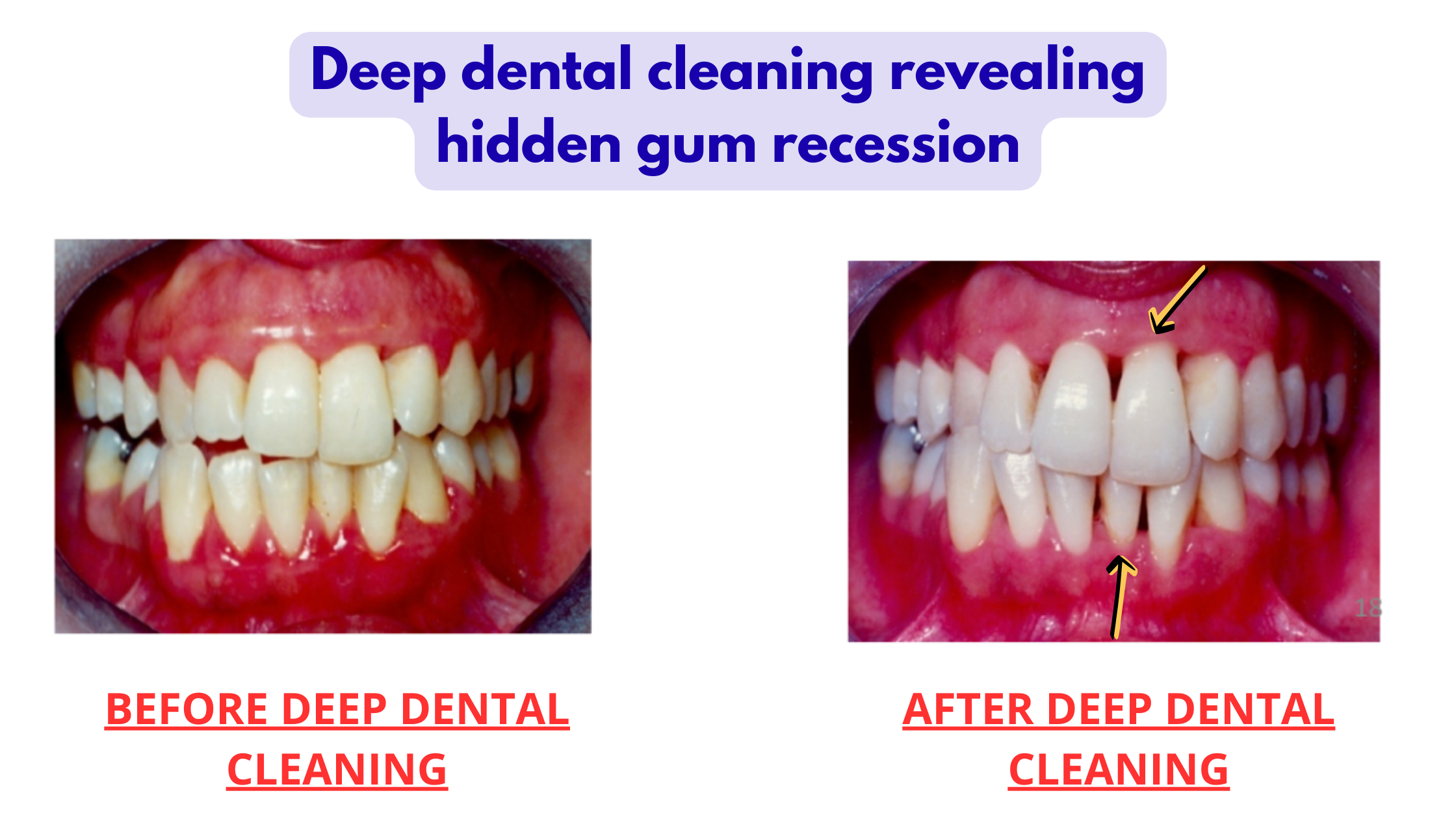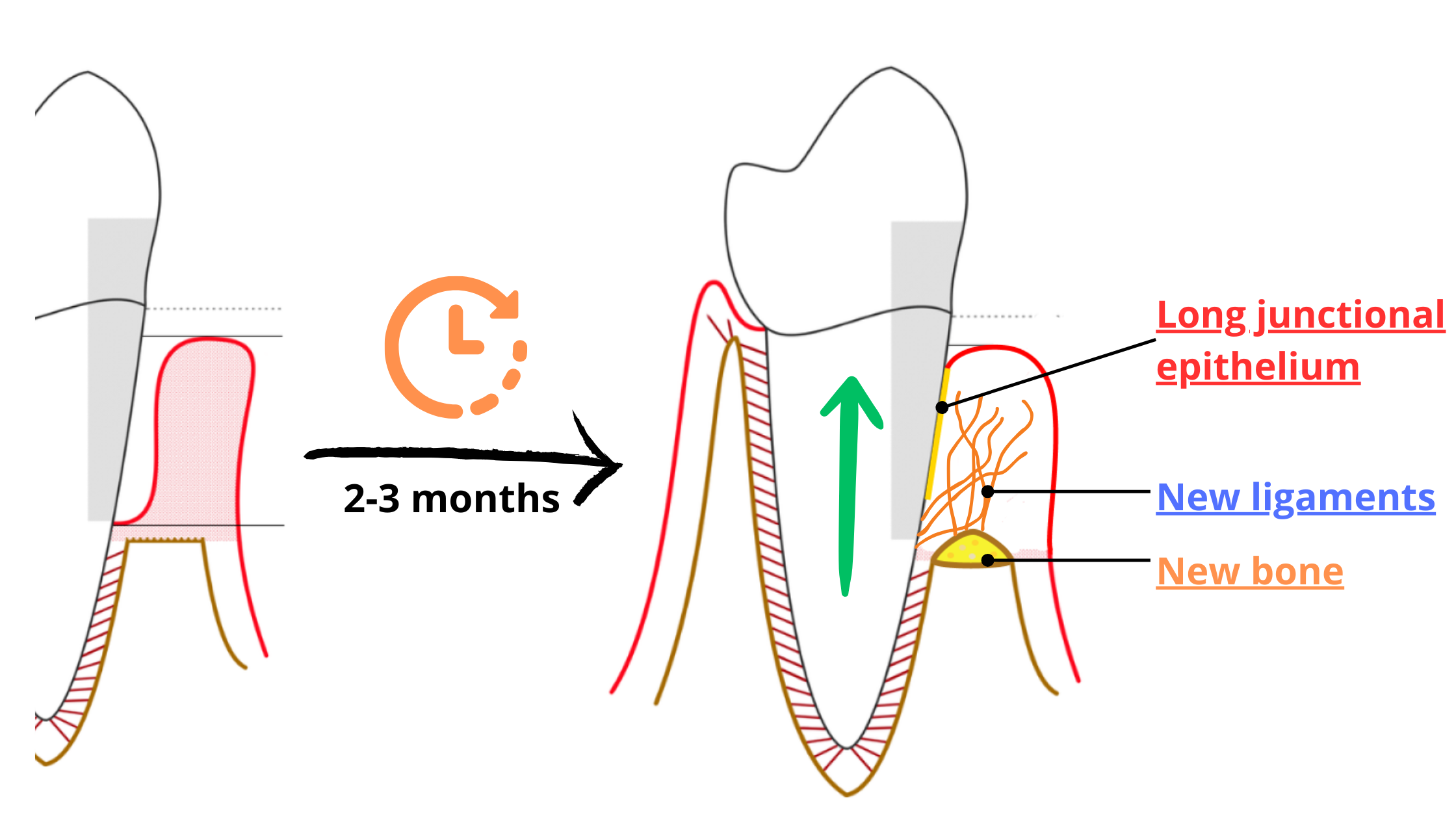Receding Gums After Deep Cleaning Can Be a Good Sign – Here’s Why
 Deep dental cleaning, also called scaling and root planing, is the go-to treatment for advanced gum disease. The main goal is to remove plaque and tartar from the teeth and roots, to create the right environment for your gums to heal and reattach properly.
Deep dental cleaning, also called scaling and root planing, is the go-to treatment for advanced gum disease. The main goal is to remove plaque and tartar from the teeth and roots, to create the right environment for your gums to heal and reattach properly.
As your gums heal, they’ll often become firmer and healthier. But there’s one thing that you might not expect: gum recession or shrinkage.
In this post, we’ll break down why receding gums after a deep cleaning can actually be a positive sign, and what steps you should take next.
In this article:
What Deep Cleaning Does to Your Teeth and Gums
Is Gum Recession a Good Sign of Recovery?
What Else Does Deep Cleaning Do for Your Gums?
My Gums Have Receded After a Deep Cleaning. Now What?
What Deep Cleaning Does to Your Teeth and Gums
Deep dental cleaning is a straightforward, non-surgical, and painless procedure that often guarantees great results for people with mild to moderate gum disease.Unlike the common belief, it’s not a routine procedure. It’s only needed when the gums have started to lose their attachment to the teeth.

As harmful bacteria build up, they invade below the gum line, destroying the ligaments and bone that support your teeth. This causes the space between the gums and teeth to widen, forming what is known as periodontal pockets. These pockets are the major concern in gum disease.
The pockets create the perfect hiding spot for bacteria. And, unfortunately, regular brushing and flossing can’t reach them. That’s where deep cleaning comes in.
The goal is to thoroughly clean out these pockets and smooth the root surfaces, allowing the gums to heal and reattach more easily to the teeth. This process alone can reduce pocket depth, make daily oral care easier, and help stop the disease from getting worse.
Is Gum Recession a Good Sign of Recovery?
During the healing process, there are a few normal and expected changes—and one of them is gum recession, which can make your teeth appear longer than they used to be.Gum disease causes inflammation and swelling. After a deep cleaning, that inflammation goes down. As the swelling reduces, the gums shrink back to their healthier state. It might look like your gums have receded, but in reality, they are simply no longer puffy (as shown below).

And as the gums tighten and pull back slightly, the depth of the pockets decreases—which is exactly the goal of treatment. Since those deep pockets are the main issue in gum disease, seeing some gum recession after the procedure can actually be a sign that healing is underway.
The amount of gum recession can vary from person to person, but it depends mostly on the treatment method used.
- Non-surgical deep cleaning usually leads to minimal or no noticeable recession.
- Surgical procedures involving flap creation and stitches tend to result in more visible gum shrinkage.
What Else Does Deep Cleaning Do for Your Gums?
Deep cleaning doesn’t just remove bacteria—it also helps your gums heal and rebuild.After the procedure, some of the supporting ligaments begin to regenerate and reattach the gums to the root surfaces. This further helps reduce the depth of periodontal pockets.

It also lowers inflammation, giving your gums a firmer, healthier look. As a result, they become stronger and more resistant to gum disease.
Another benefit is that deep cleaning dramatically reduces the number of harmful bacteria inside the pockets. As healing progresses, friendly, non-harmful bacteria begin to outnumber the harmful ones, which is an important factor in maintaining healthy gums over the long term.
My Gums Have Receded After a Deep Cleaning. Now What?
“Can gum recession be treated after a deep dental cleaning?”The answer is yes. However, the long-term success of any treatment depends on several factors, including the depth of the pockets, the extent of bone loss, and how severe the recession is.
After scaling and root planing, there's a treatment step called the corrective or surgical phase. This stage is designed to fix any remaining issues or defects, like receding gums.
If you're a good candidate, your dentist might recommend a gum graft to restore the appearance of your gums.
If grafting isn’t suitable, other alternatives like composite bonding may be used to cover exposed roots and address cosmetic concerns.
That said, not all gum recession needs treatment. If the recession doesn’t bother you and isn’t causing sensitivity or cosmetic concerns, you may not need to do anything. Still, there are a few things you can do to prevent further issues going forward:
- Thorough oral hygiene: This is the cornerstone of any gum treatment—especially when recession is involved. Receding gums can make your teeth more prone to issues like wear, root decay, and sensitivities. Maintaining excellent daily hygiene is essential to prevent such problems.
- Use desensitizing products: Gum recession can lead to sensitivity, particularly to cold, sweet, or acidic foods and drinks. Brushing with a soft toothbrush and a desensitizing toothpaste can help ease discomfort and protect the exposed roots.
- Regular check-ups: In addition to good oral hygiene, regular follow-up care is crucial for the success of your treatment. Depending on how advanced your gum disease is, check-ups may be needed as often as once a month or as little as twice a year.